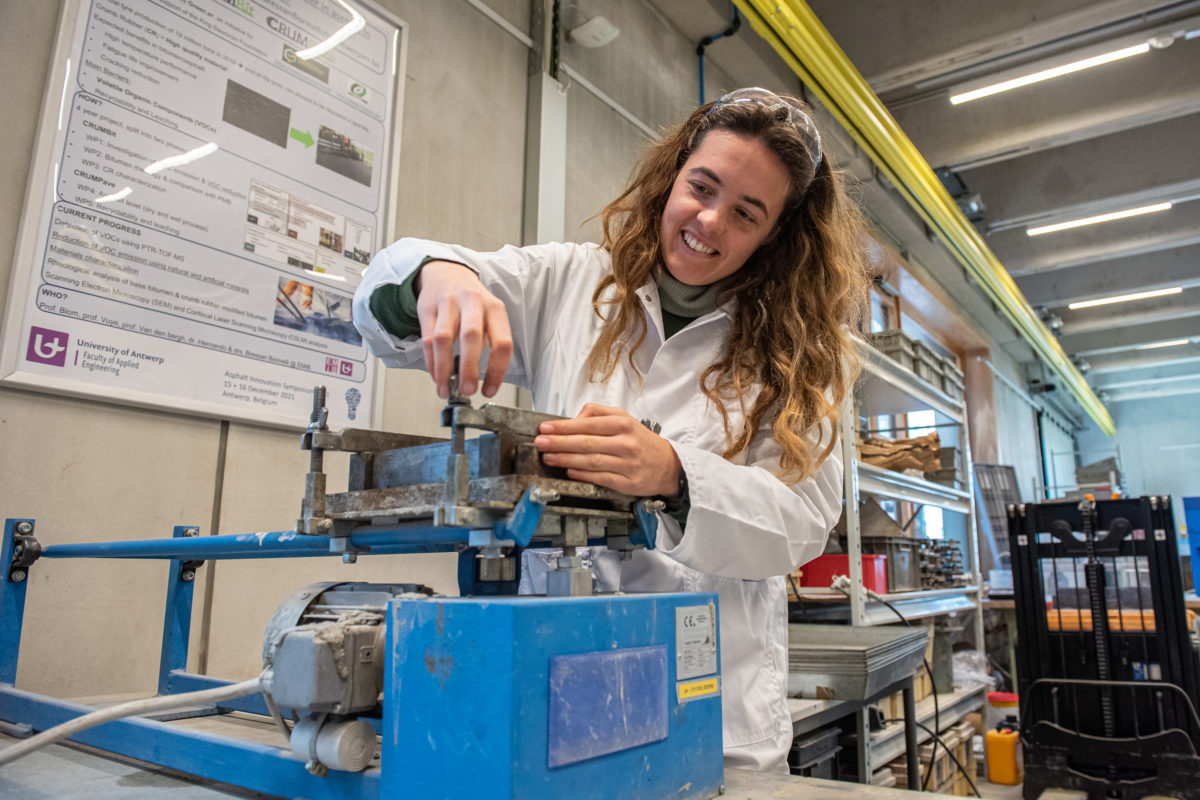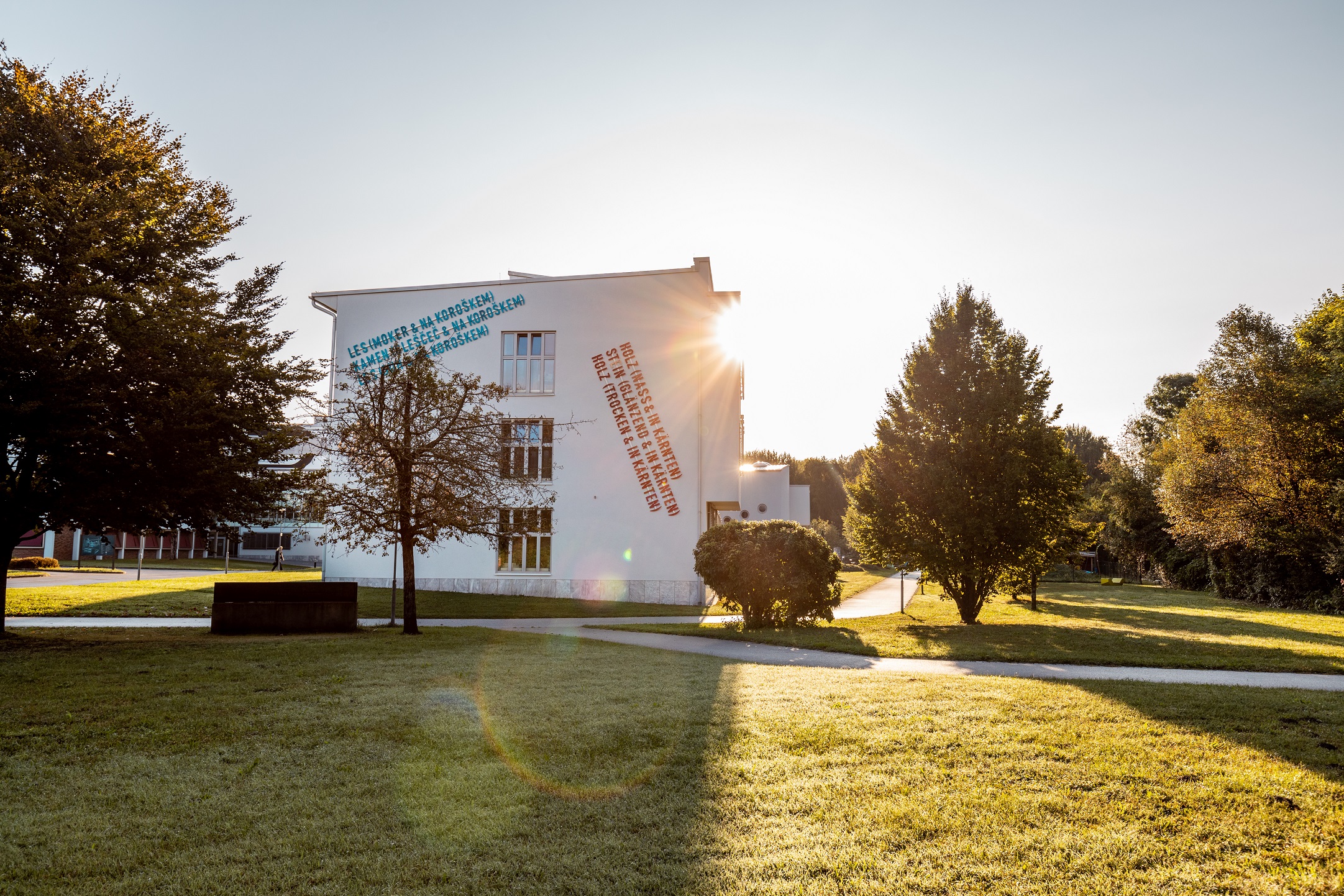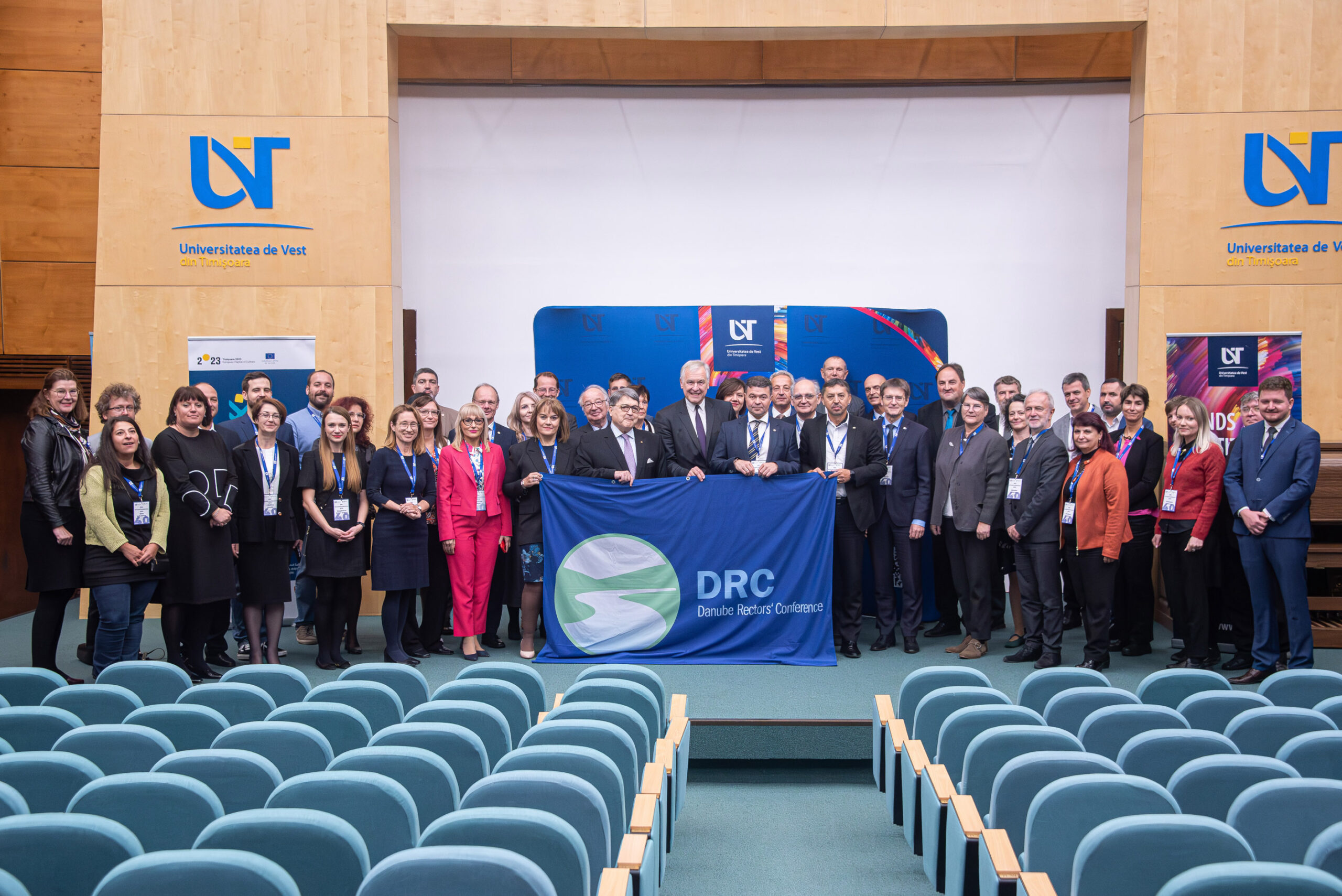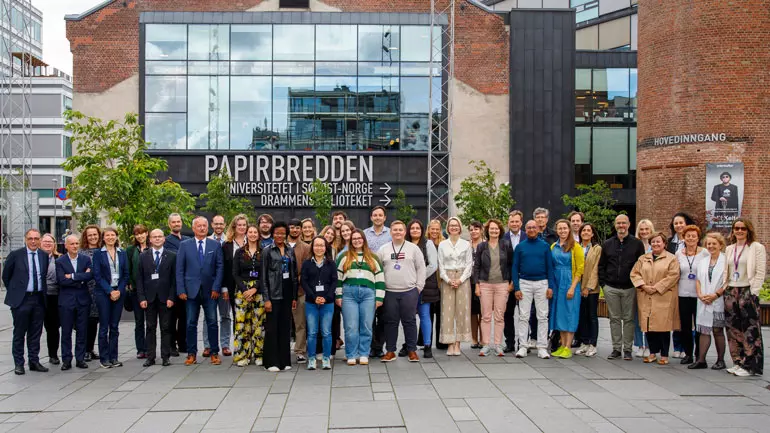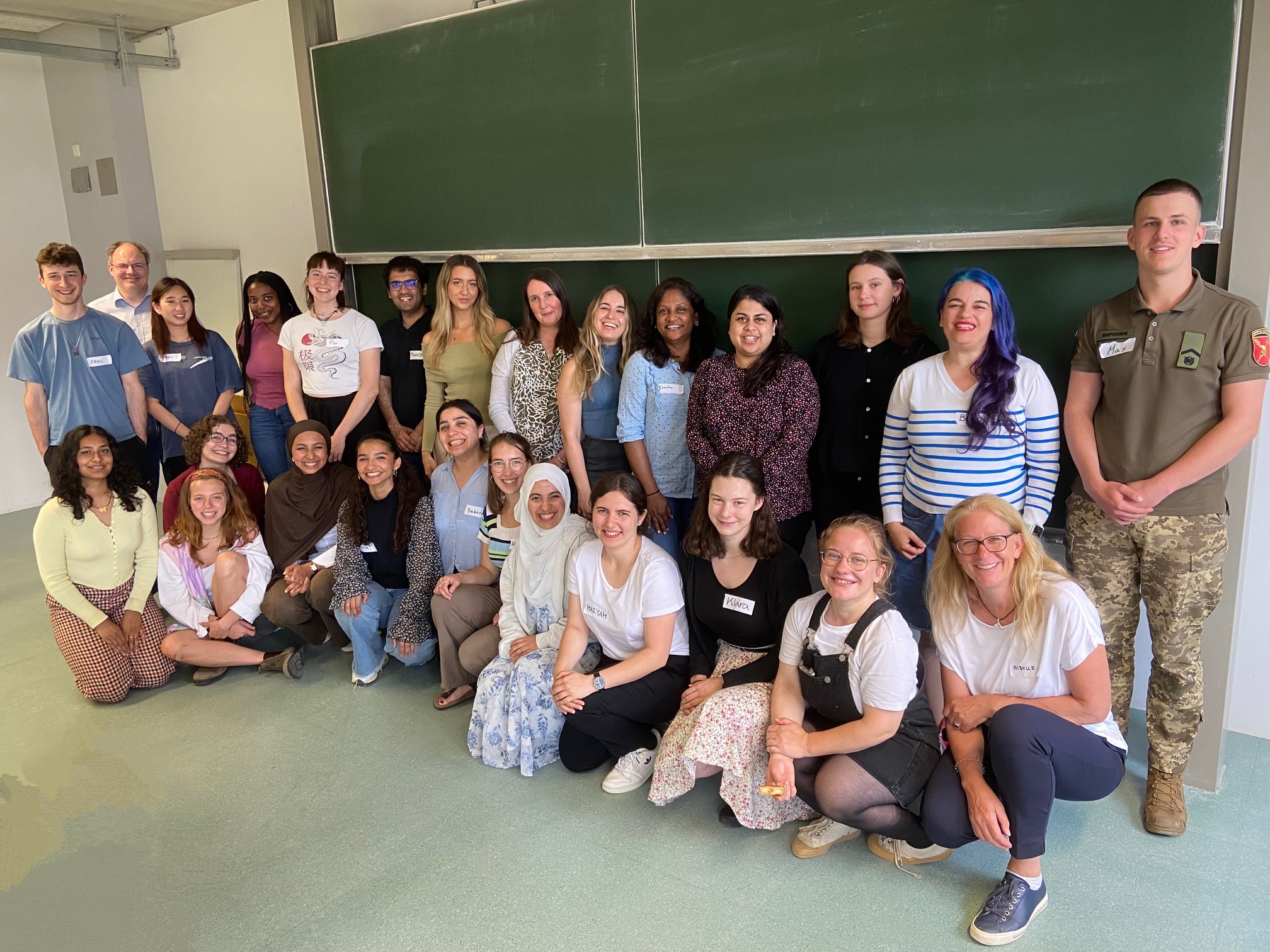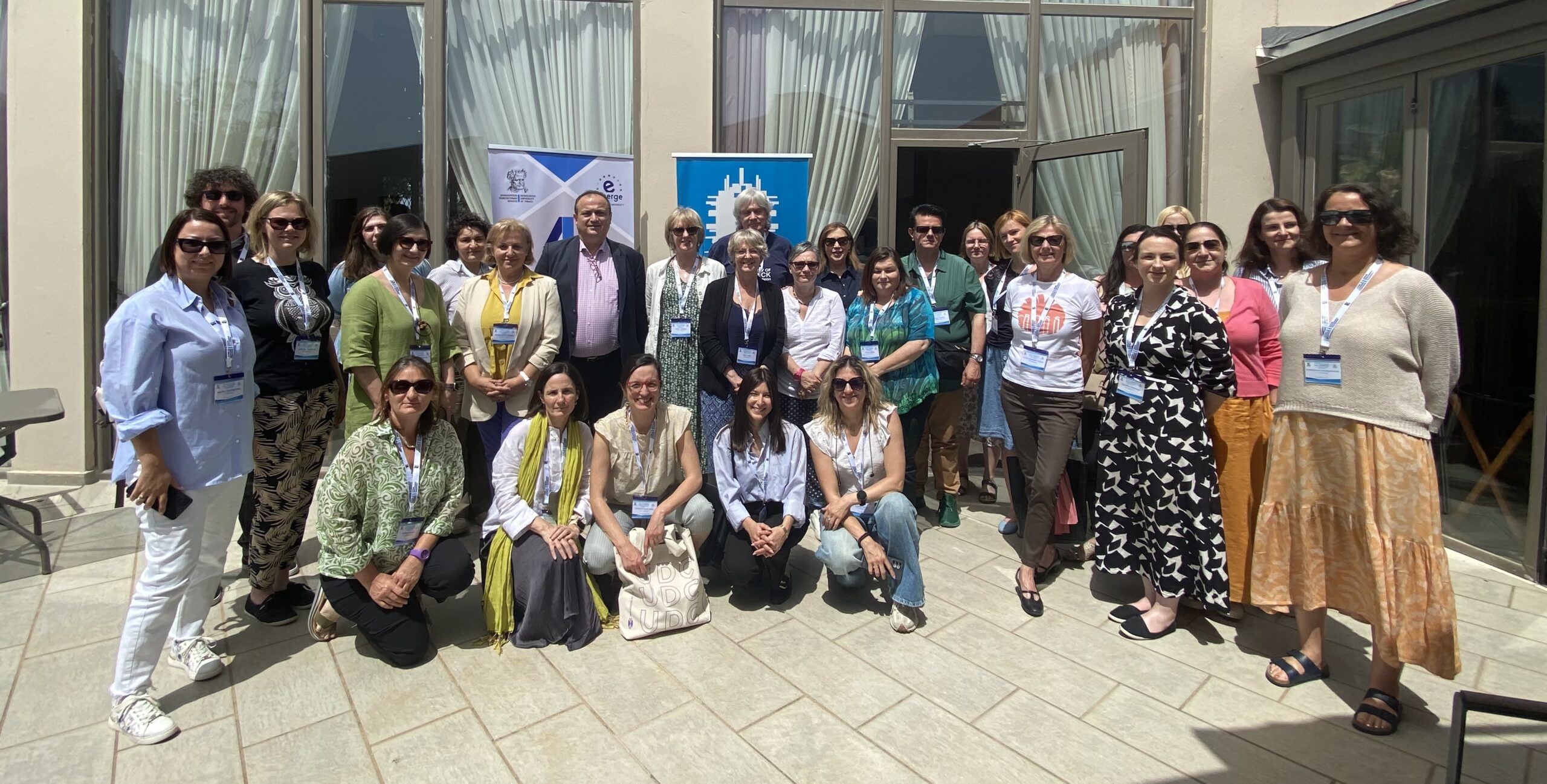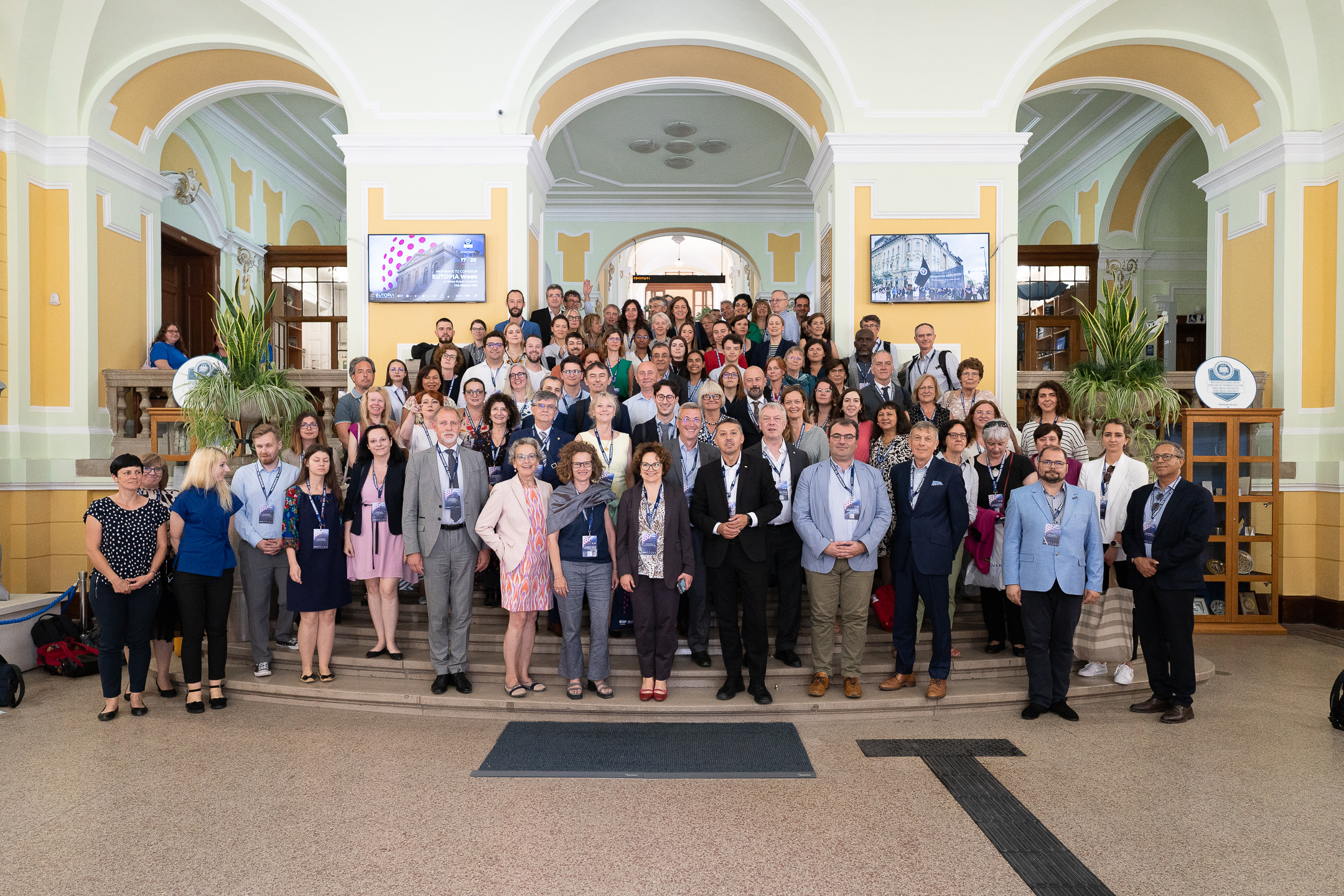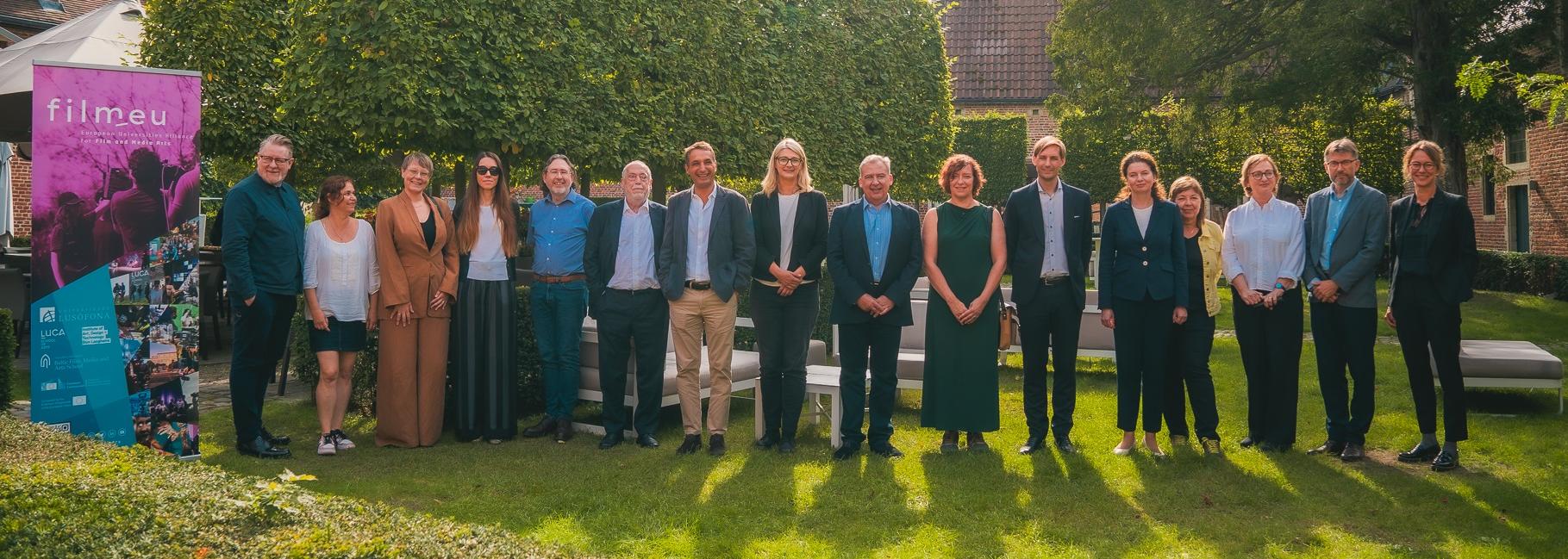At UAntwerp diversity means variety – a range of characteristics in which people can differ from each other. These characteristics include differences in migration background, disability, social background, home language, age, world view, gender and gender identity, as well as values, opinions, self-image, etc. The combination of characteristics makes someone unique and helps determine their identity. Diversity is not limitative and is always dynamically dependent on time and space.
This also translates into concrete decisions being taken over the years. In the past, the focus of the gender policy at the University of Antwerp was mainly to eliminate the under-representation of women in the highest ranks of academic careers. For instance, in 2013, it was decided by decree that in administrative and advisory bodies, no more than two-thirds of the members may be of the same sex. In 2020, this resulted in eleven women and seventeen men serving on the Board of Governors. Among the vice-rectors and the Education Board, there is an even 50-50 split; the vice-rectors include two men and two women, and the Education Board consists of fourteen men and fourteen women.
A more inclusive working environment
Since then, UAntwerp has continued to work diligently. The Diversity Action Plan for Staff (January 2021) aims to promote a more inclusive working environment for UAntwerp’s more than 6,000 members of staff. Gender is included as a form of diversity. In terms of recruitment, there was a large increase in female employees. In the span of two years, the number of women appointed rose from 33% in 2019 to 55% in 2021.
Finally, the number of female students continues to grow steadily each year. In the 2020–2021 academic year, 56.3% of students taking classes at UAntwerp were female. The percentage of female students has increased in each faculty over a 15-year period. Only the Faculty of Medicine and Health Sciences saw a decline from 60% to 58%. The Faculty of Science has seen the largest increase over a 15-year period, with the number of female students rising from 25% to 37%.

